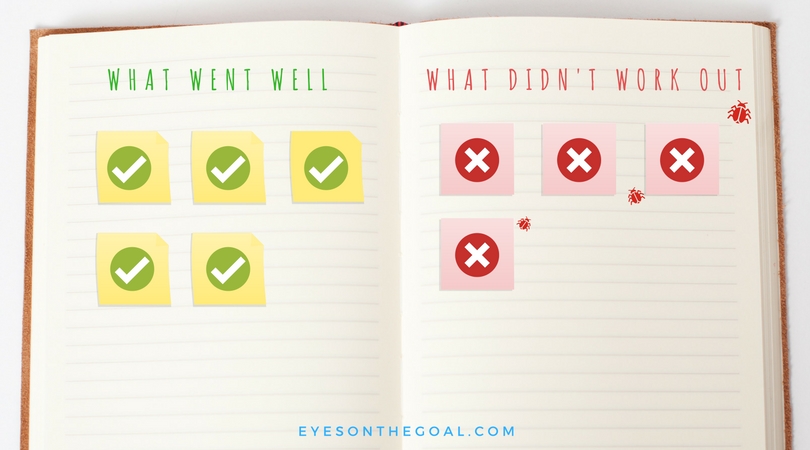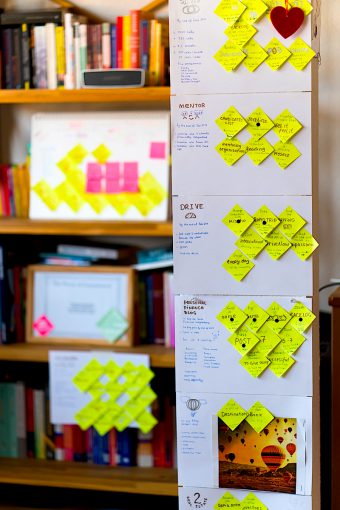The path to your dream life is complex and unpredictable. It’s very much like software development. How do I know?!
I come from a software development background. I have been applying agile methodologies to get projects done for more than 6 years now. That’s how I started using some of the agile practices in my personal life.
We do not learn from experience … we learn from reflecting on experience. Dr. John Dewey – academic, philosopher, educator
Agile is an alternative to traditional project management. Agile approaches help teams respond to unpredictability through incremental, iterative work cadences and empirical* feedback.
*empirical – based on observation or experience rather than theory or pure logic.
Please join me on a trip to gain a different perspective on your life.
You are the Lead developer of your own dream life
Let’s look at ourselves as the developers of our dream lives. We are one person with many different skills, ever-changing moods and evolving opinions. I am not talking about Multiple Personality Disorder, but about us as complex human beings.
Our goal is to develop the best version of ourselves or to accomplish the best possible and enjoyable version of our lives – our DREAM LIFE.
I see the path there as iterative* and incremental*.
*iterative in the sense that it’s repetitive – we live day by day, month by month, the seasons change, and we are wired to stick to habits and routines.
*incremental in the sense that we change gradually by regular degrees, additions or steps.
What is an agile retrospective
retrospective (rèt´re-spèk-tîv) – a ritual held at the end of a project to learn from the experience and to plan changes for the next effort. – definition by Norm Kerth, Project Retrospectives: A Handbook for Team Review
Teams use retrospectives to reflect on their way of working and to continuously become better in what they do. During the retrospective, the team reflects on what happened in the iteration and identifies actions for improvement going forward.
This is not to be a finger-pointing or blame session, but rather an opportunity to learn how to improve. Usually, it’s a team activity and it’s lead by a facilitator.
How to run a simple personal retrospective
In agile software development, a retrospective is run after every iteration, somewhere between 1 and 4 weeks. You can start running your personal retrospective once a month. If you keep this practice regularly, you will highly decrease the risk of feeling stuck or unhappy with how things are going.
Set the context
First of all, set the context so you can take to ensure that the practice is effective:
This retrospective is a monthly recurring practice for the project My Dream Life. I am on Iteration 6 out of 12 (for this year). At iteration 12 I want to … (insert your goals for this year).
You can also say something in these lines to help set the stage:
Regardless of what I discover, I understand and truly believe that I did the best job I could, given what was known at the time, my skills and abilities, the resources available, and the situation at hand. – inspired by Norm Kerth, Project Retrospectives: A Handbook for Team Review
Gather data
Start by going back in time and thinking about all that happened during the iteration.
In addition, ask yourself the following questions:
What went well?
It’s important to honour the successes and think about what sequence of events led to them. Don’t take the wins for granted. Try to extract the learnings you can apply in future iterations.
What didn’t work out?
Now it’s the time to be objective about the failures and the missed milestones. Maybe you underestimated a project, or you made a wrong assumption about a partner. The quicker you recognize the mistakes, the quicker you can learn from them.
Filter and summarize findings
You will have a lot of data in front of you. Group similar notes. Look for patterns. You will be surprised what you will find out.
Extract action points
Real change is the ultimate measure of a retrospective’s success. To ensure that your retrospective results in something actually getting better, end the session by creating a specific action plan for improvements. See if you can come up with ideas of what you should do differently next time. Visualize the action points and follow through.
You will improve iteration after iteration. You will create more effective habits and get to know yourself better.
Now it’s your turn! What reflection practices do you apply to your life? How did the agile retrospective work for you? Let me know in the comments below!
*****************
Photos by Drew Coffman and Hope House Press – Leather Diary Studio on Unsplash; made with Canva





